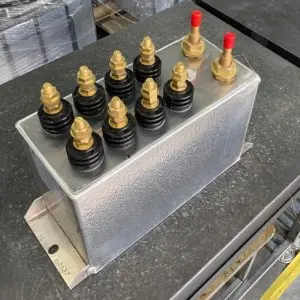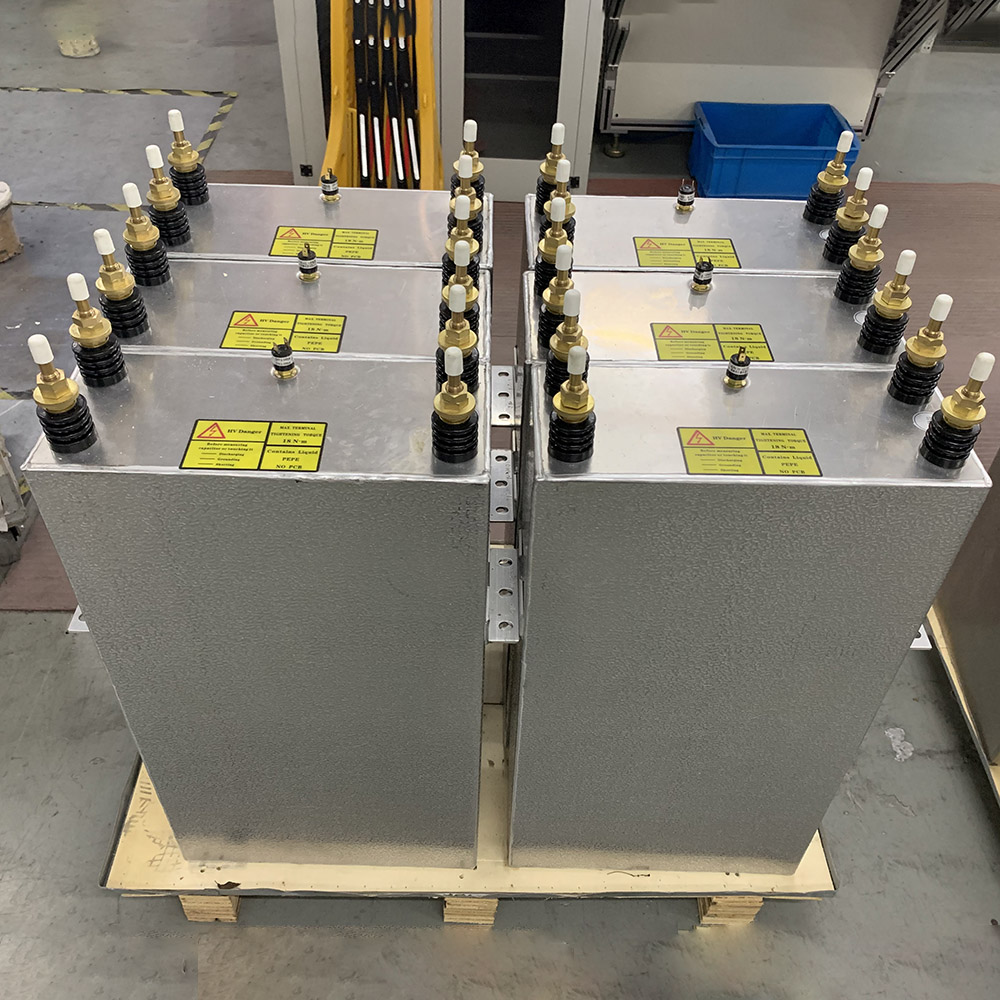Induction heating is a fairly new process, and its application is mainly due to its unique properties.
When a rapidly changing current flows through a metal workpiece, it produces a skin effect, which concentrates the current on the surface of the workpiece, creating a highly selective heat source on the metal surface. Faraday discovered this advantage of the skin effect and discovered the remarkable phenomenon of electromagnetic induction. He was also the founder of induction heating. Induction heating does not require an external heat source, but uses the heated workpiece itself as a heat source, and this method does not require the workpiece to be in contact with the energy source, namely the induction coil. Other features include the ability to select different heating depths based on frequency, precise local heating based on coil coupling design, and high power intensity, or high power density.
The heat treatment process suitable for induction heating should take full advantage of these characteristics and design a complete device by following the steps below.
First of all, the process requirements must be consistent with the basic characteristics of induction heating. This chapter will describe the electromagnetic effects in the workpiece, the distribution of the resultant current, and the absorbed power. According to the heating effect and temperature effect generated by the induced current, as well as the temperature distribution at different frequencies, different metal and workpiece shapes, users and designers can decide to discard according to the requirements of technical conditions.
Second, the specific form of induction heating must be determined according to whether it meets the requirements of technical conditions, and should also widely grasp the application and development situation, and the main application trend of induction heating.
Third, after the suitability and best use of induction heating is determined, the sensor and power supply system can be designed.
Many problems in induction heating are very similar to some basic perceptual knowledge in engineering, and are generally derived from practical experience. It can also be said that it is impossible to design an induction heater or system without a correct understanding of the sensor shape, power supply frequency, and thermal performance of the heated metal.
The effect of induction heating, under the influence of invisible magnetic fields, is the same as flame quenching.
For example, the higher frequency generated by the high-frequency generator (more than 200000 Hz) can generally produce a violent, rapid and localized heat source, which is equivalent to the role of a small and concentrated high-temperature gas flame. On the contrary, the heating effect of the medium frequency (1000 Hz and 10000 Hz) is more dispersed and slow, and the heat penetrates deeper, similar to the relatively large and open gas flame.
Post time: Sep-20-2023




